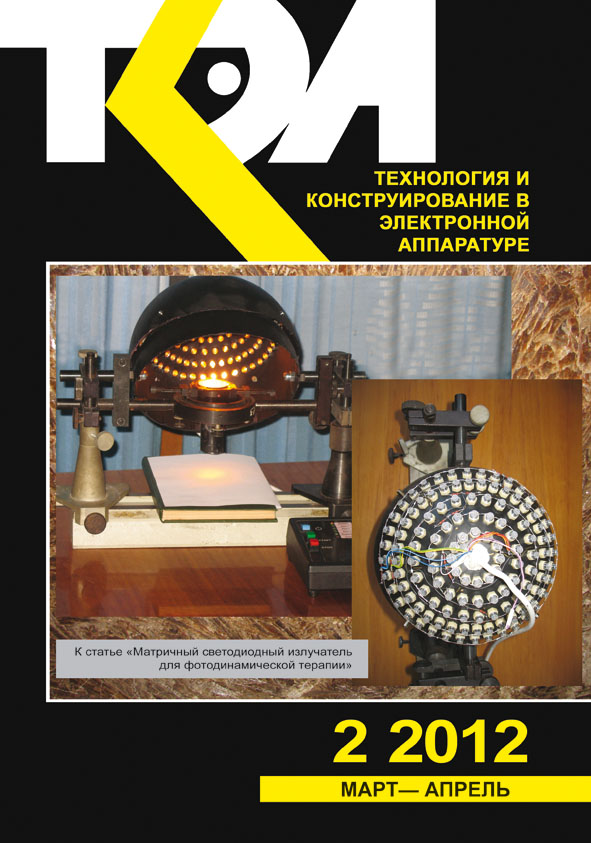Properties of double p+-InP/n-InGaAsP/n-InP heterojunctions obtained by LPE method
Abstract
The double epitaxial p+-InP/n-InGaAsP/n-InP heterostructures with coinciding electrical and metallurgical boundaries has been obtained. Such coincidence is achieved due to growing an additional buffer n-InP layer and decreasing the time for growing an emitter p+-InP layer heavily doped by zinc. Electroluminescence spectra of such structures have a smaller half-width and the infrared radiation of higher power than the structures in which the p–n-junction is formed in the InGaAsP layer. These heterostructures are designed to create efficient IR LEDs with wavelength of 1,06 mm in spectrum maximum.
Copyright (c) 2012 Vakiv N. M., Krukovskii S. I., Sukach A. V., Tetyorkin V. V., Mrykhin I. A., Mikhashchuk Yu. S., Krukovskii R. S.

This work is licensed under a Creative Commons Attribution 4.0 International License.

